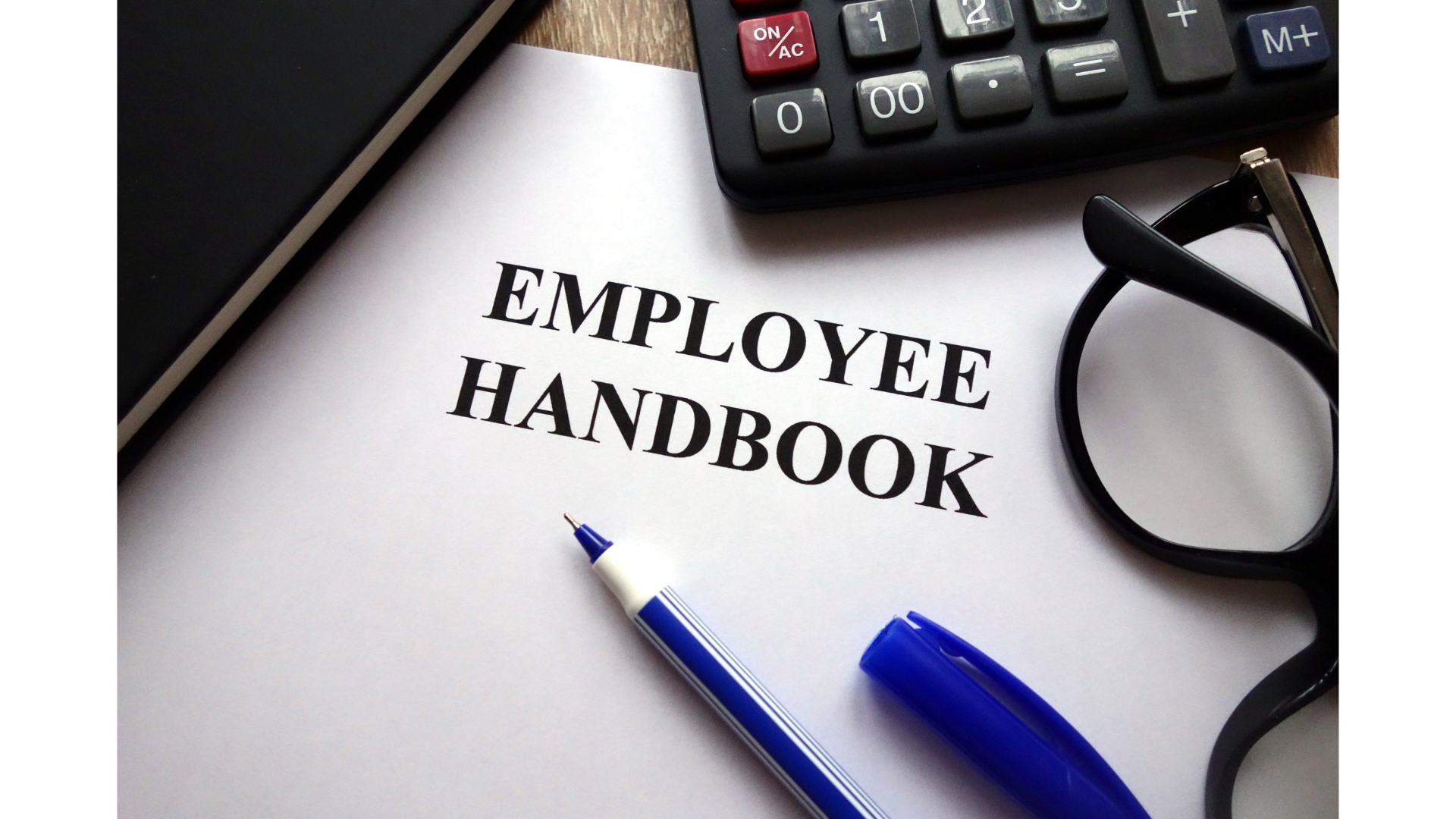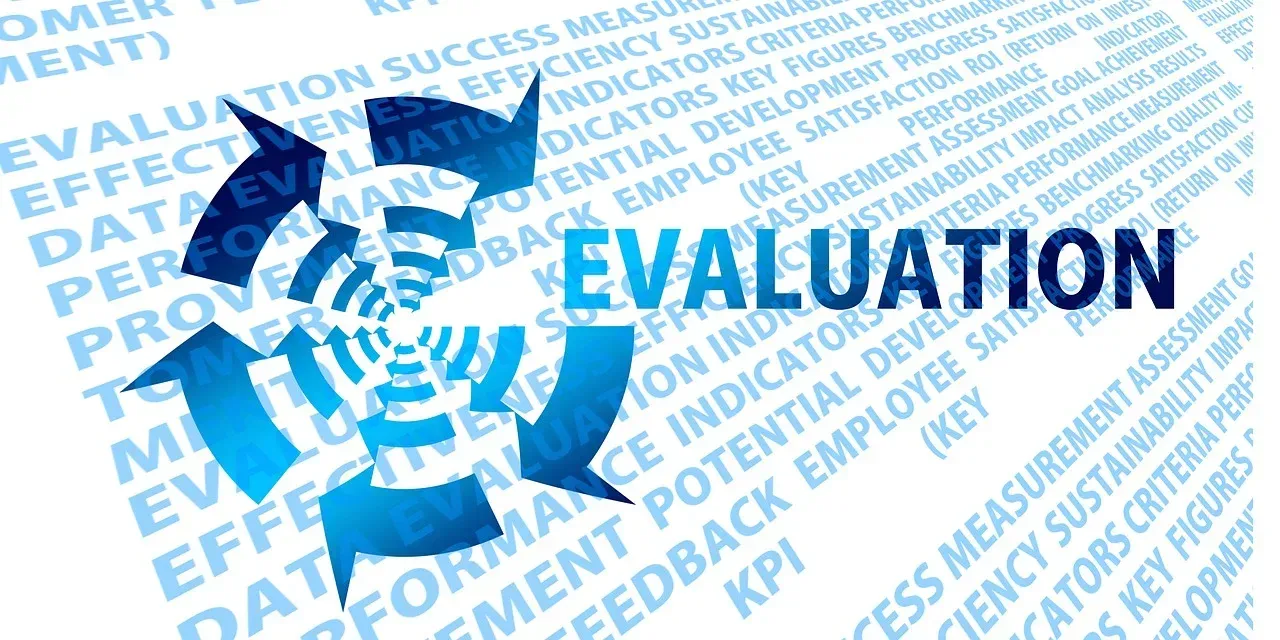The Crucial Role of a Comprehensive Employee Handbook in Shielding Your Business

In the dynamic landscape of modern businesses, having a well-crafted and up-to-date employee handbook is no longer just a recommended practice – it's a strategic imperative. This living document serves as a cornerstone for outlining processes, employee activities, and essential information that not only guide your workforce but also protect your business when challenges arise. Here's why a comprehensive employee handbook is indispensable for your organization:
Clarity in Processes and Activities:
One of the primary purposes of an employee handbook is to provide clarity on the processes and activities within your organization. From onboarding procedures to day-to-day operations, a well-defined handbook ensures that employees have a clear understanding of expectations, policies, and protocols. This clarity not only fosters a sense of order and consistency but also helps mitigate potential conflicts arising from misunderstandings.
Legal Safeguard:
An updated and comprehensive employee handbook serves as a vital legal safeguard for your business. It outlines your company's policies, code of conduct, and procedures, creating a documented framework that can be referred to in case of disputes or legal issues. This not only helps in maintaining compliance with labor laws but also provides a solid defense against potential legal claims.
Risk Mitigation:
Businesses are exposed to various risks, both internal and external. An employee handbook, when effectively created and consistently updated, acts as a risk mitigation tool. It addresses issues such as workplace harassment, discrimination, and safety procedures, demonstrating your commitment to providing a secure and inclusive work environment. This proactive approach can prevent potential liabilities and protect your business reputation.
PEO Partnerships – Crafting a Living Document:
Partnering with a Professional Employer Organization (PEO) can significantly enhance the effectiveness of your employee handbook. PEOs bring expertise in HR compliance and can assist in creating a living document that not only reflects your current practices but adapts to changes in regulations and industry standards. This ensures that your handbook remains a relevant and reliable resource for your employees.
Pitfalls of an Outdated or Incomplete Handbook:
An outdated or incomplete employee handbook can be as detrimental as not having one at all. It leaves your business exposed to risks, as employees may be unaware of crucial policies or changes in procedures. This can lead to misunderstandings, conflicts, and potential legal issues, eroding the stability and trust within your organization.
In conclusion, investing time and resources in developing a comprehensive and up-to-date employee handbook is an investment in the long-term success and resilience of your business. By partnering with PEOs, you can create a living document that not only reflects but guides the ever-evolving processes and activities of your workforce. It's not just a handbook; it's a shield that protects your business from the uncertainties of the modern workplace.
You might also like




